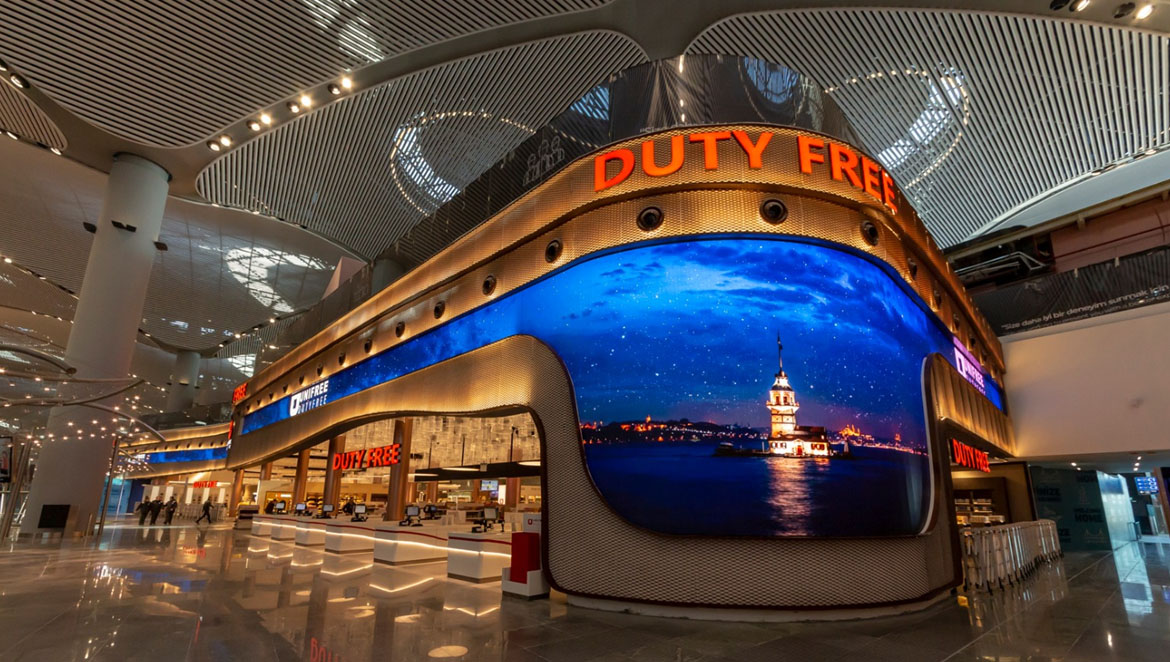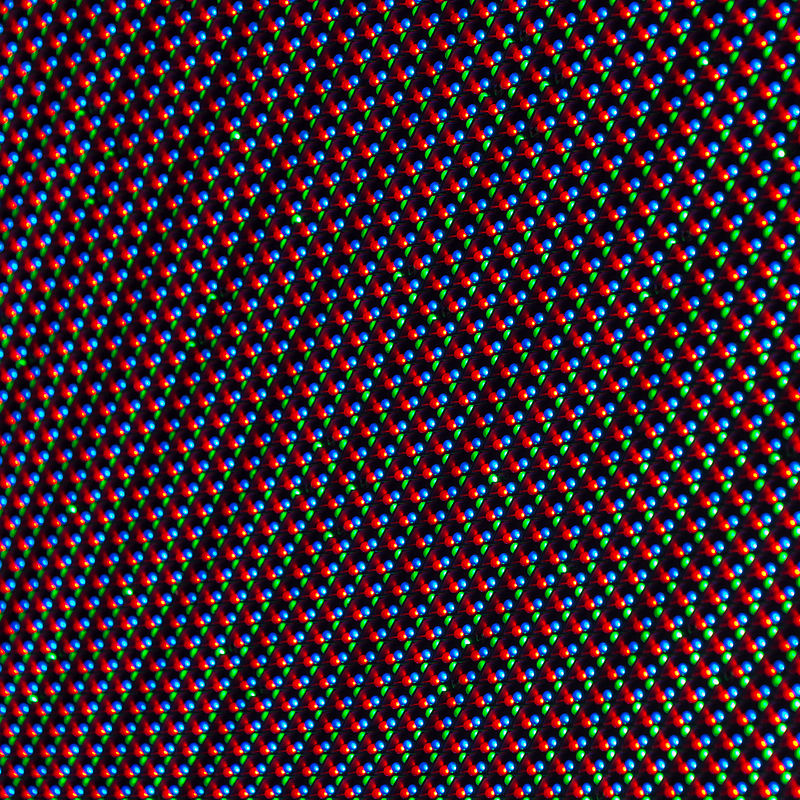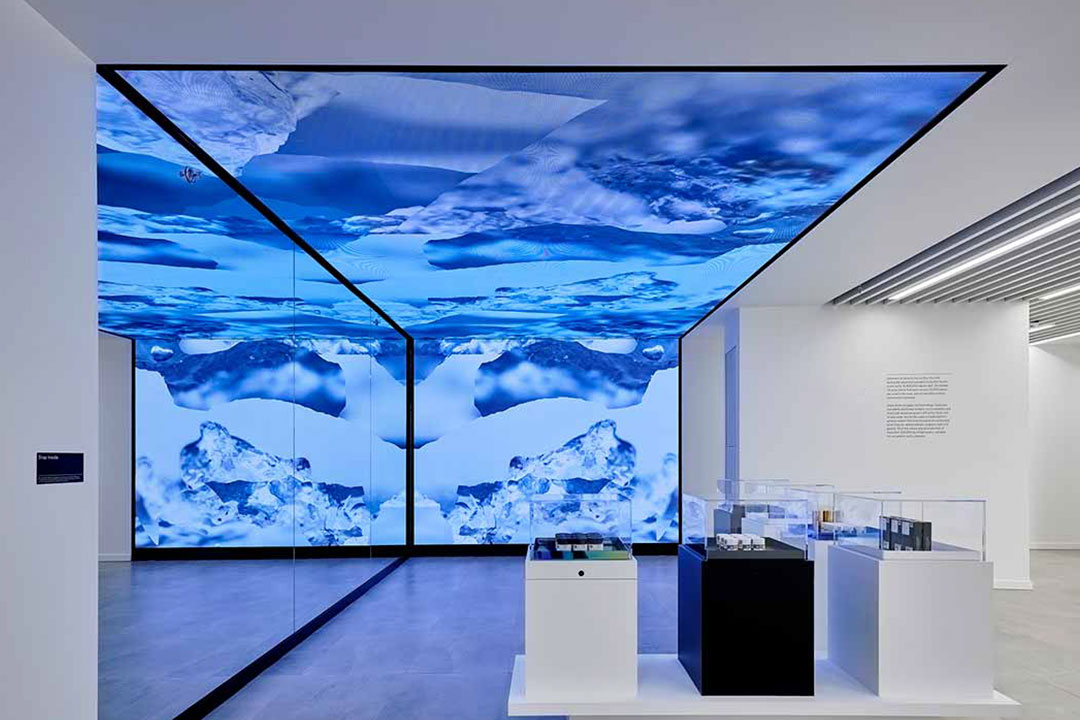The pixel pitch, resolution and pixel pitch are essential considerations when evaluating LED displays. Both of these elements have a direct impact on the clarity, the detail and overall appearance displayed by the display. These two elements are crucial for a variety of reasons.
1. Image Quality
Pixel Pitch - The pixel pitch is the distance between the LED's center and the pixel that is adjacent to it. A smaller pixel pitches means that LEDs are closer spaced, which results in greater resolution and higher pixel densities. This directly translates into crisper, more detailed pictures, which is especially important when it comes to pictures that have high-quality text or fine details.
Resolution is the total amount of pixels displayed in a display. This is usually described as width by height (e.g. 1080x2080). The greater the resolution, the more precise the display will appear. It also creates a more immersive environment. This is especially important when viewing large screens.
2. Distance to view
Pixel pitch and the ideal viewing distance are closely related. If the display is located at a short distance, like indoor screens for retail or exhibitions or displays that are placed within, then a lower (and hence larger) pixel pitch and resolution is needed to avoid an image that is pixelated. On the other hand, large-scale outdoor displays and billboards viewed in the distance may benefit from a lower pixel pitch because each pixel will be smaller and less noticeable.
3. Content Versatility
Displays with a lower pixel pitch and higher resolution are able to handle a greater range of content types including high-definition video to intricate graphics as well as small text. This flexibility is essential in applications that require fluid content. Digital signage is one example, as are studios for broadcasting, and control rooms.
4. Cost Impacts
While a smaller pixel size provides higher image quality, it can also increase the price of the screen. A screen with higher resolution is more expensive due to the increased number of LEDs needed. Take into consideration the use and viewing distance when balancing the cost of high resolution against budget.
5. Application Specificity
The application can determine the importance of pixel pitches as well as resolution.
Indoor Displays - Sometimes smaller pixels are required (e.g. between 1.2mm between 1.2mm and 2.5mm) in order to ensure high resolution for close-up viewing.
Outdoor displays: They can feature a higher pixels (e.g. 4mm to 10mm) as they will be viewed at greater distances. High resolution is not as crucial.
6. Langevity and upgradability
The amount of pixels per inch decreases as display technology evolves. This allows for higher resolutions within smaller spaces. If you purchase a screen with a pixel pitch that is optimal, you can lower the requirement to upgrade often and guarantee its effectiveness for a long time.
Conclusion:
Pixel pitch and display resolution are important factors that determine the performance of an LCD display. This is particularly important in terms of viewing experience and content versatility. Consider these factors when researching LED display options based on the type of application as well as the budget and audience you have in mind. See the most popular smd screens for website examples including wall screen, led display transparent, video wall tv, led video wall, led screen display rental, transparent led screen display, led wall tv, led board rental, led video wall panels, outdoor display led and more.

What Is The Importance Of Refresh Rate? When Researching Led Displays?
When researching LED screens are it necessary to consider the rate of refresh it is particularly when considering LED displays that will show dynamic content, such as live broadcasts or interactive applications. The reason for this is crucial:
1. Image Smoothness and Clarity
Definition: The term "refresh rate" is the number of times per second (measured in Hertz or Hz) that the display refreshes its image. A higher refresh rate will result in smoother movement and less flickering.
Importance: When displays display video content, animations or images with a fast speed the use of a high-refresh rate (such as 3,840 Hz or more) ensures that motion appears smooth and without the stuttering or tear. This is of particular importance for applications such sports arenas, concert halls, and digital signage that can enhance the viewing experience.
2. Flickerless Performance
Flicker - Displays with slow refresh rates will produce noticeable flickering. This is particularly true when you are viewing through a camera, or when watching slow-motion footage. Flickering can cause eye fatigue and strain, making it difficult to watch the screen for extended periods of time.
Application: A high refresh rate is perfect for settings that will be photographed or filmed for broadcasting studios and events. It helps reduce flickering which guarantees a clear capture of the video without visual artifacts.
3. Visual Quality Different Lighting Conditions
Effect on Brightness: High refresh rates can affect the performance of the display in different lighting conditions. For example in brightly lit areas, a higher refresh rate ensures image quality and consistency, avoiding any visible flickering, which can affect the performance of the display.
Application: This is particularly relevant in outdoor stage shows performances, stage events, and other situations in which lighting conditions fluctuate frequently or are difficult to control.
4. Content Compatibility
Synchronization. The refresh rate should be compatible with sources of content such as video replay systems, cameras, or live broadcast feeds. The viewing experience can be negatively affected when the rate of refresh for the display and content are not synced.
Application in professional settings, such as television studios or large events, where many sources of media are used, it's important that the frame rate of content matches the rate of refresh. This will ensure smooth playback.
5. Get a better experience watching
Motion Handling High refresh rates decrease blur, while also providing more clear, detailed image. This is a fantastic feature for sports broadcasting and gaming, as well as any other activity that requires a fast-paced pace.
Application: In venues with gaming, high-action sports or other content, a fast refresh rate will ensure that viewers can discern every detail.
6. Reduced Eye Strain
Comfort: Low refresh rates may cause eye strain, particularly in areas that are close to the screen and also when content is displayed for lengthy periods.
Application: In retail spaces or offices, as well as public areas where people are looking at the display for prolonged durations, a fast refresh rate can lead to a more pleasant and enjoyable experience.
7. Application for renting and staging Performance
Adaptability. LED displays are used for staging and rental purposes in a variety of situations and for many different types and formats of content. A display with an extremely high refresh rate is able to adapt to the requirements of any occasion.
Application: In environments with many different types of content, and viewers an extremely high rate of refresh is crucial for ensuring flexibility and reliability.
Conclusion:
The rate at which the display refreshes has a direct impact on the visual quality as well as the comfort and versatility of LED displays. It is particularly important when dealing with dynamic content, live events, or environments where the display is viewed for prolonged periods. While researching the various LED display options, be sure to prioritize high-refresh rates for smooth and slick performance. This can enhance the experience of viewers, as well as meet the demands of your particular application. Take a look at the most popular led rental screen for more recommendations including tv led wall, led light sign board, transparent screen monitor, led screen display rental, outdoor display led, led outdoor display screen, wall tv, led transparent display, led transparent display, display screen led and more.

How Important Are Roi, Cost And Energy Efficiency For Research On Led Displays?
When evaluating LED displays, the cost as well as ROI (Return On Investment) and energy efficiency are crucial elements. They directly impact the viability of an investment, its benefits over the long term as well as the operating costs. What are the motives behind each of these factors?
1. The Initial Cost
Budget: The price of the initial installation of LED displays is a crucial consideration for any project. It includes not just the price of an LED display, but also expenses for installation, mounting structure and other accessories.
Quality Compare. Price: While cheaper displays initially seem attractive, they could compromise on quality, durability, and quality. It's crucial to balance the initial cost with the desired performance and durability of the display.
Application: If budgets are limited it is crucial to carefully weigh the cost of a display against its performance. If you're advertising in high-traffic areas or require a display with a top quality and display, it could be worthwhile to invest in a more expensive model. But, if your business environment isn't as demanding, fewer options will suffice.
2. Return on Investment
Return on Investment: The ROI of LED displays is often correlated with the ability of it to generate revenue, either through advertising, increased customer engagement, or increased brand recognition. A display that delivers engaging content that effectively draws attention can generate a high return on investment through sales or advertising.
Durability and long-term durability Displays with longer life spans and higher durability are likely to provide a higher ROI since they need less frequent maintenance and repair. The initial investment may pay off through reduced costs over the long term.
Impact of Features on ROI: Features such as high resolution large viewing angles, wide resolution and brighter displays can increase the initial cost, but they can greatly enhance the effectiveness of the display, resulting in higher ROI due to increased the level of engagement of viewers and better visibility.
3. Energy Efficiency
Operational cost: The ability to reduce the costs associated with LED displays is dependent on energy efficiency. The lower the electricity bill the lower. This is particularly applicable to large-sized displays or displays that operate all day long.
Environmental Impact Displays that are energy efficient reduce carbon footprints and contribute to sustainability. This becomes increasingly important for organizations and businesses that place a high priority on environmental responsibility.
Long-Term Saves: Energy-efficient displays might have a steep initial cost but the electricity costs saved over the lifetime of the display can be significant, boosting the return on investment.
Application: When installed in regions with large electricity bills or in large installations the energy efficiency will make an impact on the overall cost of operation.
4. Total Cost of Ownership (TCO)
Maintenance and repairs Costs of ownership are not just the cost of the item, but also any repairs, maintenance or downtime that could be needed. TCO is usually lower for displays that are more robust, last longer durations, and provide greater cost-efficiency over the long term.
Upgrades and Scalability - Consider the ease of increase or decrease the size of the system of display. It is best to choose an adjustable display system that is able to be upgraded or expanded.
Application: In settings where the displays are expected operate for many years for example, corporate environments public spaces, public spaces, or retail spaces that are heavily populated Focusing on TCO will ensure that the investment is cost-effective over time.
5 Financing and Lease Options
Flexible Financing Options: A lot of providers offer financing or lease options to help you manage the upfront cost of top-quality displays. This is especially beneficial for companies that need to save cash and still invest in effective digital signage.
The benefits of leasing: They can also have an impact on the return on investment. Leasing allows businesses to upgrade technology to newer models without the need to invest a lot of money.
6. Market Competitiveness
Cost is versus. ROI and cost of LED displays can affect your competitiveness. A better display could allow you to distinguish yourself from your other competitors, while attracting more customers.
Application: In fields that are highly competitive, such as entertainment or retail, for instance, investing in better-quality displays can help you gain an advantage.
Conclusion:
Cost, ROI, and energy efficiency are essential elements that affect the overall value and long-term benefits of investing in a LED display. By balancing an initial cost and the expected return on investment, incorporating operational and energy efficiency, and calculating total cost of ownership you can make sure the display you choose to purchase will meet your financial and performance goals. These considerations will help you make an informed choice that is in line with your goals, budget, and strategy. Read the top rated lightweight led screen for blog recommendations including translucent led screen, outdoor screen led, led on screen, outdoor display led, led display rental, led display transparent, led screen display rental, flexible led screen, tv led wall, transparent screen and more.
